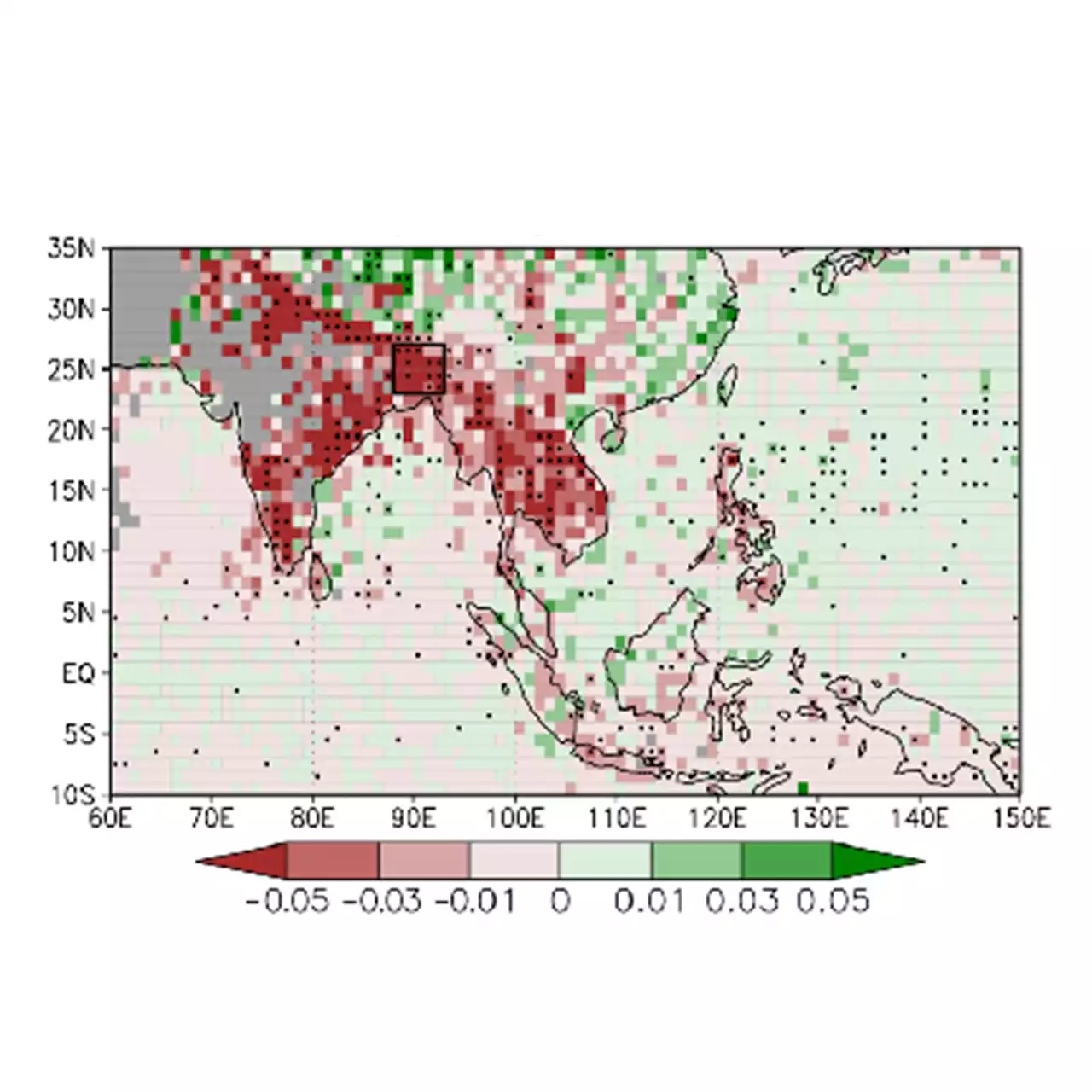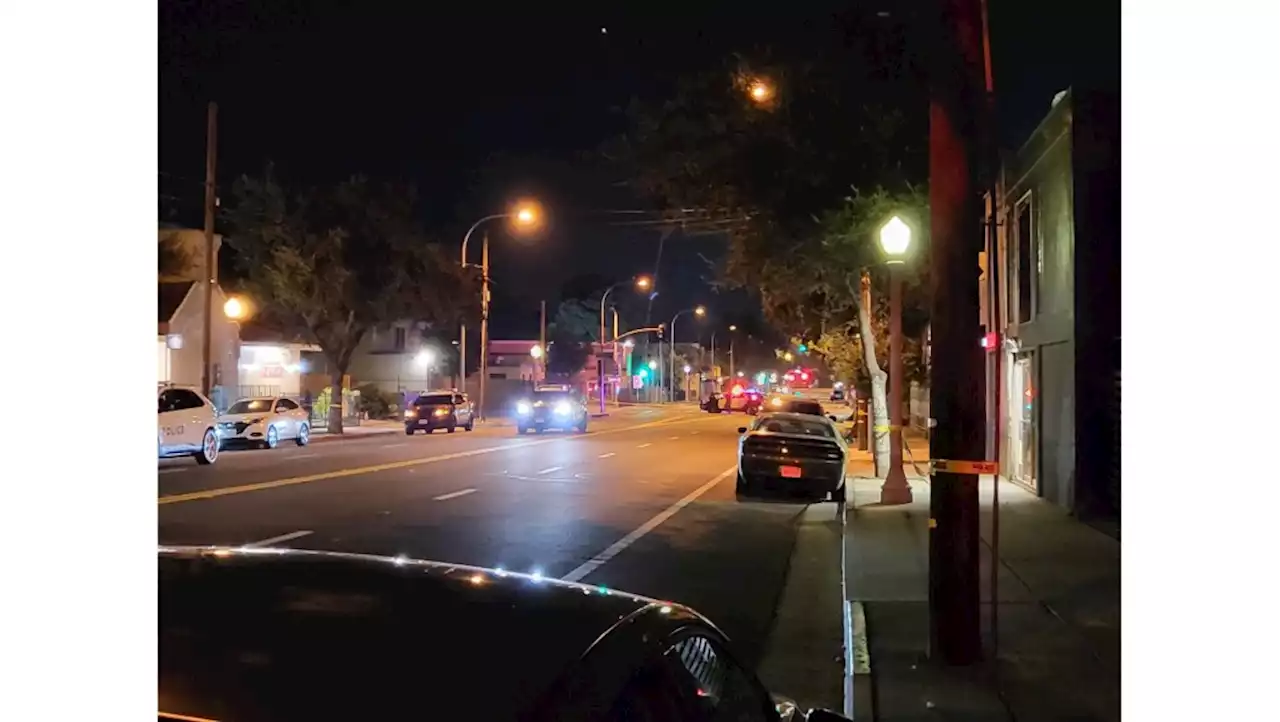Using a trapped-ion quantum computer, the research team witnessed the interference pattern of a single atom caused by a 'conical intersection'. Conical intersections are known throughout chemistry and are vital to rapid photo-chemical processes such as light harvesting in human vision or photosynthesis.
Scientists at the University of Sydney have, for the first time, used a quantum computer to engineer and directly observe a process critical in chemical reactions by slowing it down by a factor of 100 billion times.
Specifically, the research team witnessed the interference pattern of a single atom caused by a common geometric structure in chemistry called a 'conical intersection'. To get around this problem, quantum researchers in the School of Physics and the School of Chemistry created an experiment using a trapped-ion quantum computer in a completely new way. This allowed them to design and map this very complicated problem onto a relatively small quantum device - and then slow the process down by a factor of 100 billion."In nature, the whole process is over within femtoseconds," said Ms Olaya Agudelo from the School of Chemistry.
This study slowed down the dynamics in the quantum computer and revealed the tell-tale hallmarks predicted -- but never before seen -- associated with conical intersections in photochemistry.
United States Latest News, United States Headlines
Similar News:You can also read news stories similar to this one that we have collected from other news sources.
 Scientists use quantum device to slow down simulated chemical reaction 100 billion timesScientists at the University of Sydney have, for the first time, used a quantum computer to engineer and directly observe a process critical in chemical reactions by slowing it down by a factor of 100 billion times.
Scientists use quantum device to slow down simulated chemical reaction 100 billion timesScientists at the University of Sydney have, for the first time, used a quantum computer to engineer and directly observe a process critical in chemical reactions by slowing it down by a factor of 100 billion times.
Read more »
 Scientists zoom in on the Asian monsoon season using satellite dataScientists from Tokyo Metropolitan University and other institutes have studied new satellite data showing the diameter of rain droplets and the distribution of heavy ice in the atmosphere worldwide. They focused on the Asian monsoon region, finding larger droplets and more heavy ice precipitation on land before the actual monsoon season. Their findings shed new light on the features of the pre-monsoon season, such as more intense precipitation and lightning, potentially informing better weather prediction.
Scientists zoom in on the Asian monsoon season using satellite dataScientists from Tokyo Metropolitan University and other institutes have studied new satellite data showing the diameter of rain droplets and the distribution of heavy ice in the atmosphere worldwide. They focused on the Asian monsoon region, finding larger droplets and more heavy ice precipitation on land before the actual monsoon season. Their findings shed new light on the features of the pre-monsoon season, such as more intense precipitation and lightning, potentially informing better weather prediction.
Read more »
 Detectives still investigating Pasadena shooting that injured 5It happened Friday night on the 100 block of Orange Grove Boulevard.
Detectives still investigating Pasadena shooting that injured 5It happened Friday night on the 100 block of Orange Grove Boulevard.
Read more »
 IT’S OFFICIAL: San Antonio sees most 100-degree days in a year on recordOn Sunday, August 27, the thermometer reached 100° or hotter in San Antonio for the 60th time in 2023 -- that’s the most on record for any given year!
IT’S OFFICIAL: San Antonio sees most 100-degree days in a year on recordOn Sunday, August 27, the thermometer reached 100° or hotter in San Antonio for the 60th time in 2023 -- that’s the most on record for any given year!
Read more »
